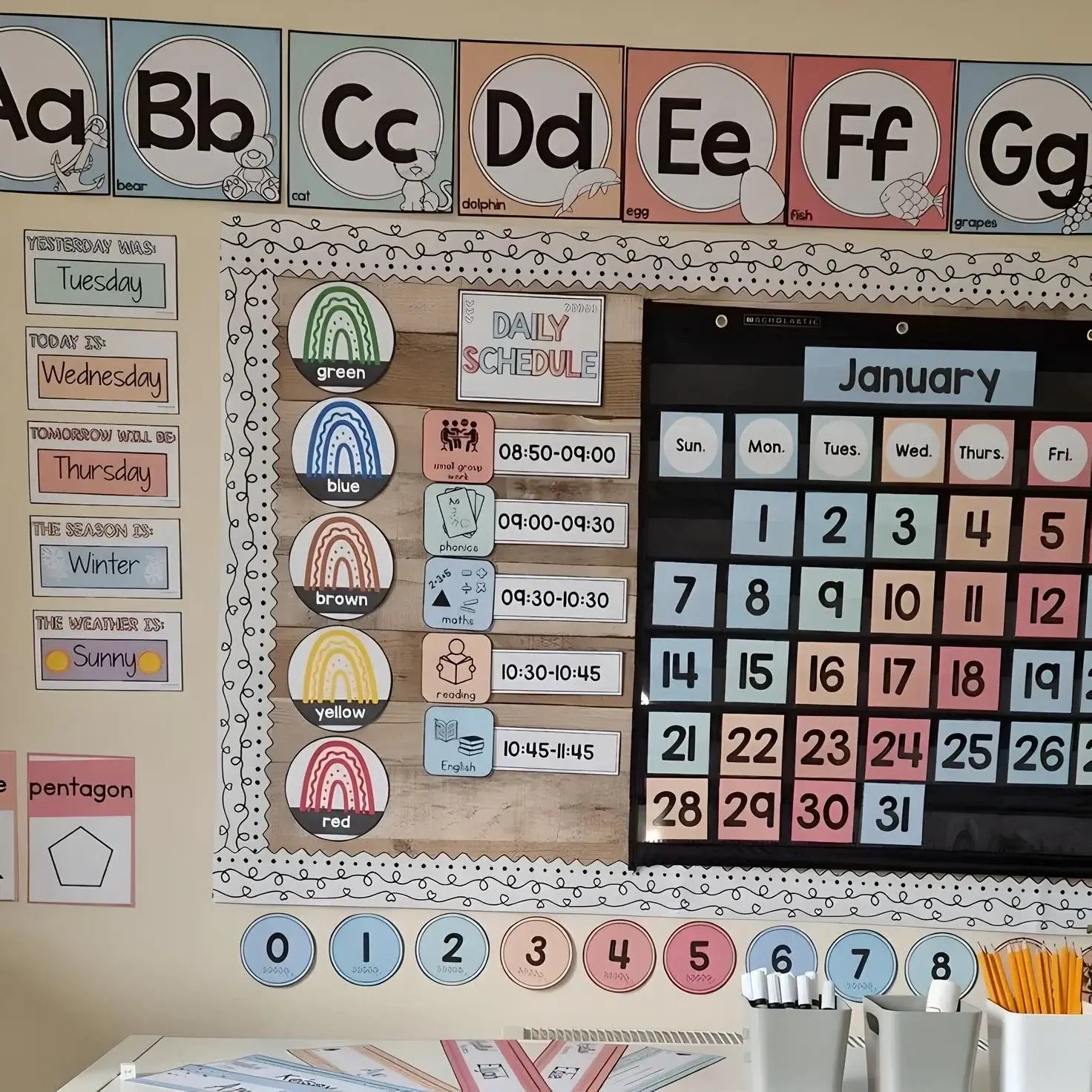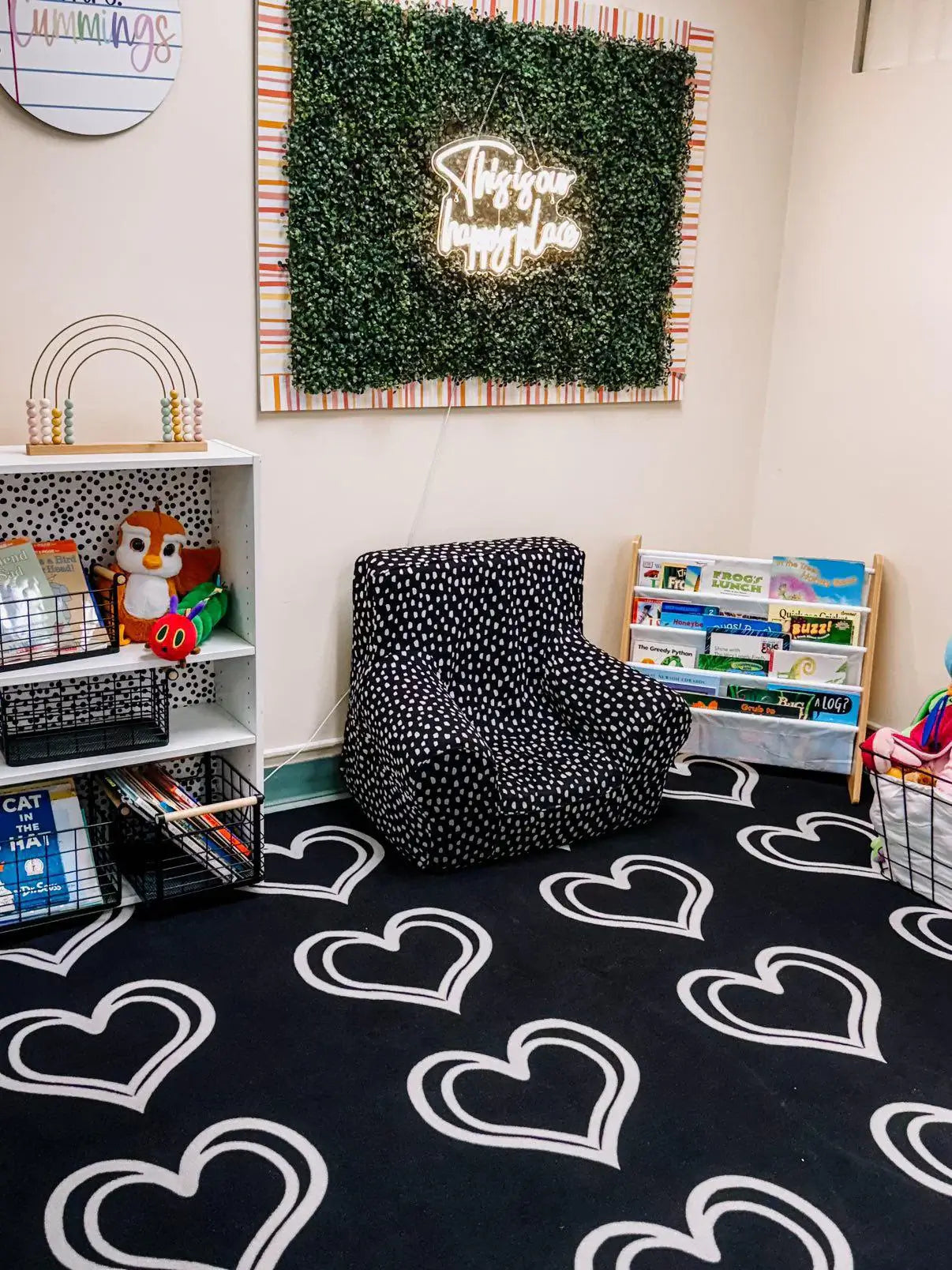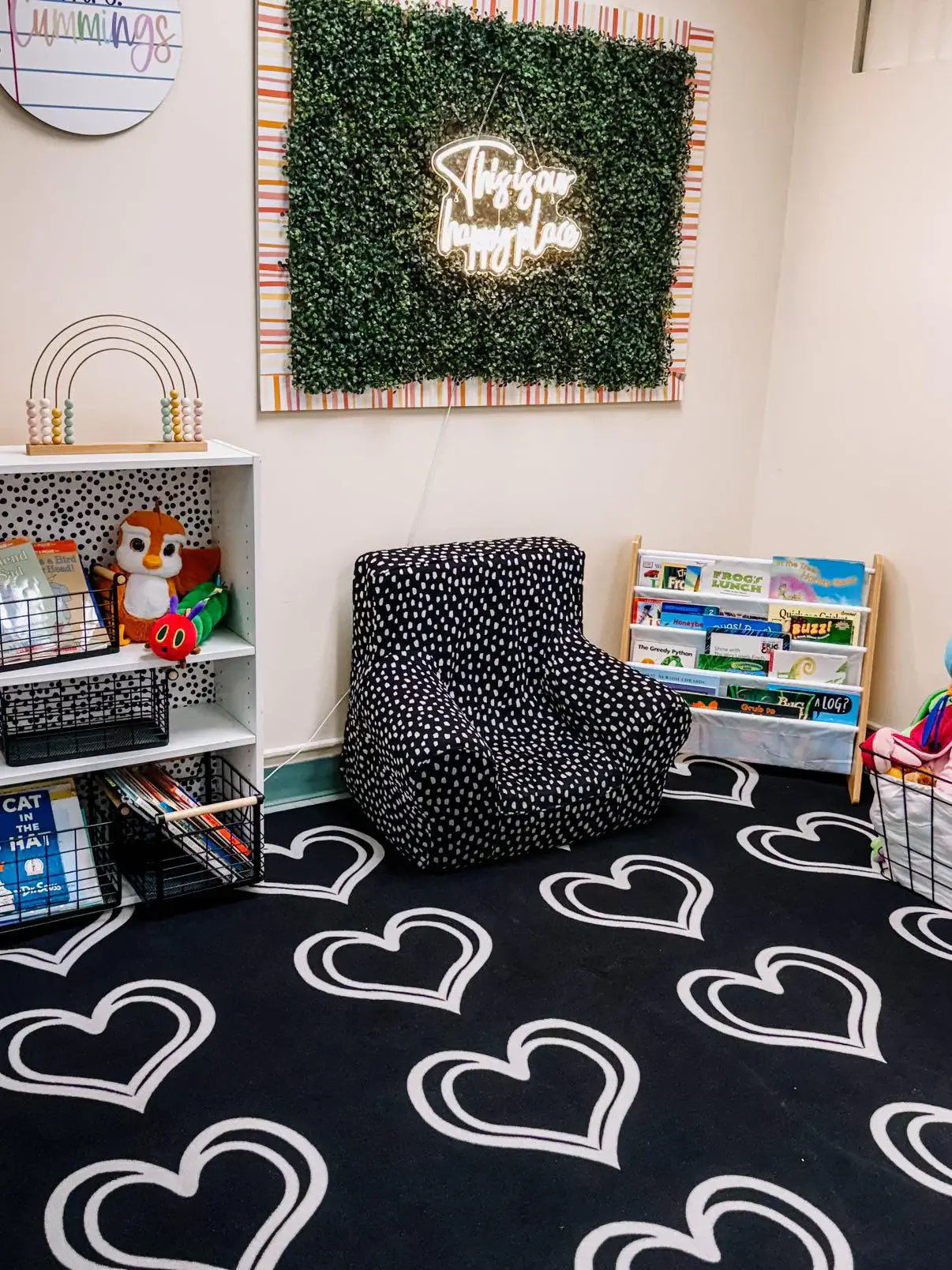The Foundation of Station-Based Learning
Learning stations represent a fundamental shift from traditional whole-group instruction to personalized educational experiences.
When strategically placed classroom rugs anchor these stations, they provide visual boundaries that help students understand expectations and navigate their learning journey independently.
Educational rugs serve multiple functions in station-based environments: they reduce noise between groups, create comfortable workspaces, and establish clear territorial boundaries that minimize conflicts and confusion.
Students naturally understand that each rug represents a distinct learning opportunity with specific objectives and materials.
Strategic Rug Placement for Maximum Learning Impact
Effective learning station design begins with thoughtful classroom rug placement. Consider traffic flow patterns when positioning rugs to prevent bottlenecks during transitions.
Place quieter activities like reading stations away from high-energy areas, sing reading rugs to create natural sound barriers between different learning zones.
The size and shape of round classroom rugs work excellently for collaborative areas, while rectangular options suit individual or paired tasks.
Differentiated instruction becomes more effective when physical spaces support varied learning approaches.
Essential Learning Stations Enhanced by Quality Rugs
Reading corners become inviting retreats when anchored by soft, comfortable pastel classroom rugs.
Students associate these designated spaces with quiet focus and literary exploration.
The physical comfort provided by educational rugs encourages longer engagement with texts, supporting improved reading comprehension and fluency development.
Math manipulative stations benefit from rugs with grid patterns or number designs that reinforce mathematical concepts.
These specialized classroom rugs serve dual purposes: providing comfortable workspace and offering visual supports for mathematical thinking and problem-solving activities.
Managing Multiple Learning Groups Effectively
Successful station rotation requires clear systems and physical organization. Classroom rugs provide natural gathering points where teachers can efficiently deliver station instructions and check student understanding.
The defined spaces help maintain group focus during brief instructional moments before independent work begins.
Color-coded rugs simplify group management by providing instant visual cues for student placement.
Teachers can quickly assess whether students are in correct locations and address any confusion before it disrupts learning flow.
This organizational system supports classroom management best practices while maintaining instructional momentum.
Supporting Diverse Learning Needs Through Flexible Stations
Learning stations naturally accommodate different learning styles and paces, and classroom rugs enhance this flexibility.
Students who benefit from movement can transition between rug-defined areas, while those requiring stability find comfort in consistent, designated spaces.
For students with special needs, clearly defined station boundaries reduce anxiety and support successful independent work.
Research from the National Center for Learning Disabilities demonstrates that structured environments with clear physical boundaries improve outcomes for students with learning differences.
Technology Integration in Modern Learning Stations
Today's learning stations often incorporate digital tools, and classroom rugs provide stable platforms for tablets, laptops, and other educational technology.
The cushioned surface protects devices while offering comfortable positioning for extended technology use.
Digital literacy stations benefit from rugs that reduce glare and provide comfortable seating arrangements for screen-based activities.
The physical comfort encourages sustained engagement with educational software and online learning platforms, supporting 21st-century skill development.
Assessment and Monitoring Within Station-Based Learning
Classroom rugs facilitate effective formative assessment by providing teachers with clear sightlines to student work areas.
The organized layout enables efficient circulation and individual conferencing without disrupting other learners.
Teachers can quickly identify students needing support and provide targeted intervention.
Portfolio collection and work display become more manageable when each rug-defined station has designated storage and sharing areas.
This organization supports ongoing assessment practices and helps students take ownership of their learning progress and goal-setting activities.
Building Independence Through Structured Choice
Learning stations supported by classroom rugs promote student autonomy by providing structured choices within organized environments.
Students learn to self-regulate their learning by moving between activities according to established protocols and personal learning needs.
The physical boundaries created by educational rugs help students develop time management skills as they learn to gauge their progress within designated spaces.
This spatial awareness translates into improved self-monitoring and academic independence across all subject areas.
Seasonal Adaptations and Curriculum Integration
Effective learning stations evolve throughout the school year, and classroom rugs support these adaptations through their versatility.
Seasonal themes can be reinforced through rug selection, while curriculum connections become more apparent when educational rugs incorporate relevant content elements.
Science exploration stations benefit from rugs that can withstand spills and frequent cleaning, while art creation areas require surfaces that protect both floor and student clothing.
Hands-on learning activities become more feasible when appropriate classroom rugs provide practical workspace solutions.
Professional Development and Implementation Support
Successfully implementing station-based learning requires ongoing professional development and peer collaboration.
Many educators find success by starting with simple rug-defined areas and gradually expanding to more complex station rotations as students adapt to new routines.
Collaborative planning sessions help teachers share effective strategies for rug placement, station management, and student accountability systems.
The investment in quality classroom rugs pays dividends when teachers have support for implementation and troubleshooting challenges.
Measuring Success in Station-Based Environments
Student engagement levels often increase dramatically when learning stations provide variety and choice within structured environments.
Classroom rugs contribute to this success by creating inviting spaces where students want to learn and explore academic concepts.
Academic achievement data frequently shows improvement when students have opportunities for differentiated practice and personalized learning experiences.
The physical comfort and organization provided by well-placed classroom rugs support these positive outcomes by removing environmental barriers to learning, especially when size and layout follow classroom rug design standards .
Long-Term Investment in Educational Excellence
Quality classroom rugs represent strategic investments in educational environments that support student success for years.
The durability and versatility of premium educational rugs make them cost-effective solutions for creating dynamic learning stations that adapt to changing curriculum needs and teaching approaches.
Creating effective learning stations through strategic use of classroom rugs demonstrates commitment to student-centered education and differentiated instruction.
When students have access to comfortable, organized learning environments, they develop stronger academic skills, greater independence, and more positive attitudes toward learning that benefit them throughout their educational journey.




Leave a comment
This site is protected by hCaptcha and the hCaptcha Privacy Policy and Terms of Service apply.